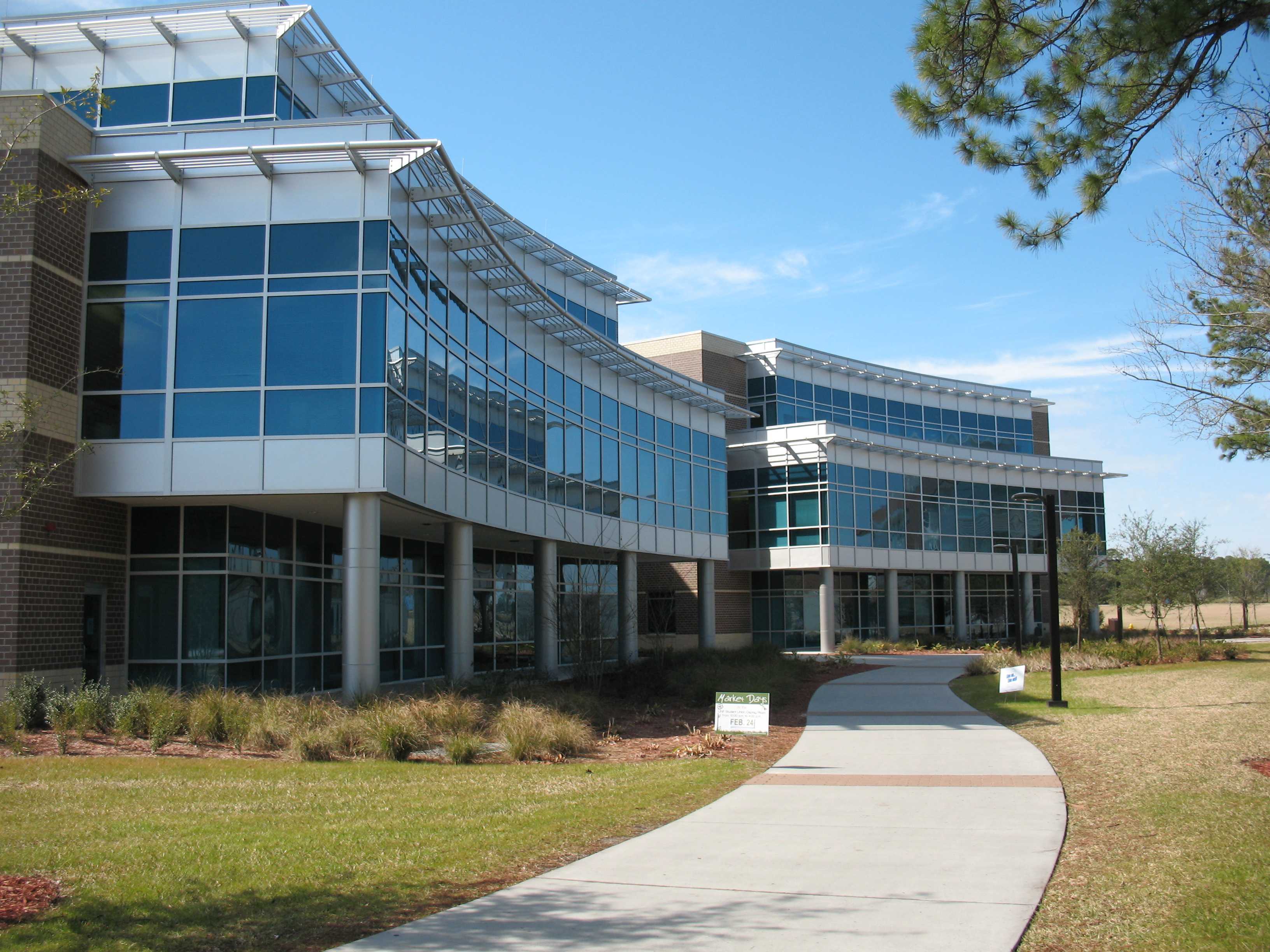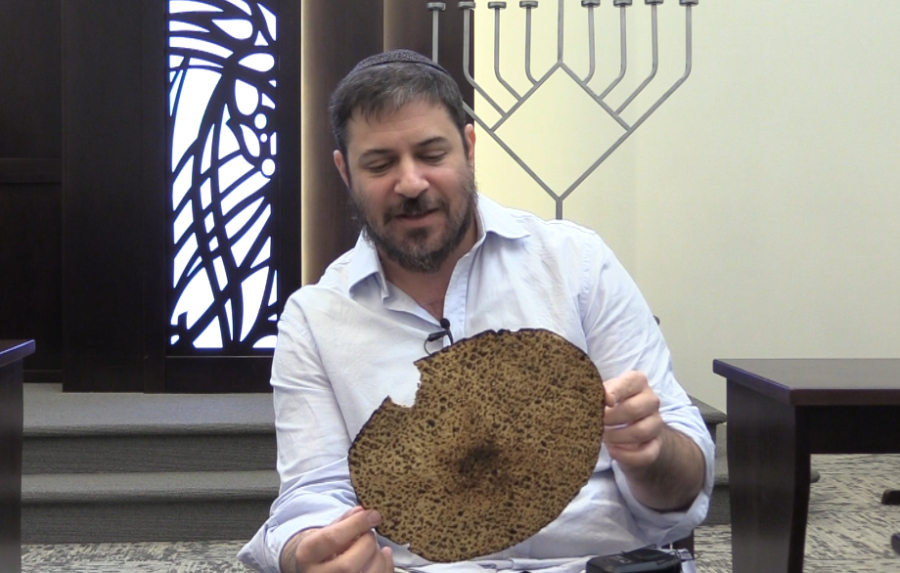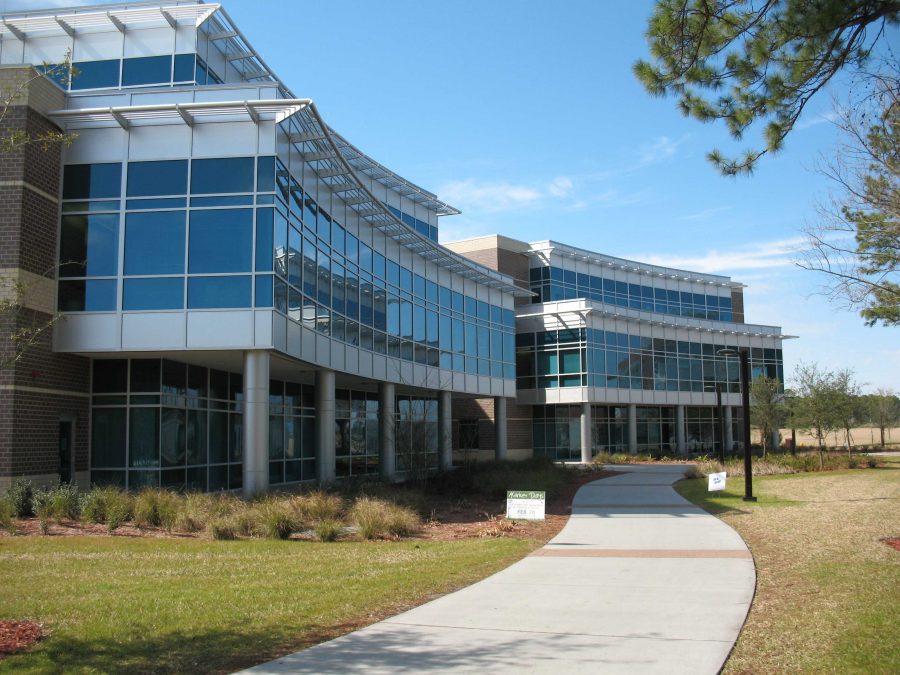In December, the University of North Florida received a donation of 1,050 acres of pristine wetlands for research. The land was appraised at nearly $9 million and is the largest property UNF owns that can be used for coastal marine biology research.
Professor Jim Gelsleichter, a specialist in shark biology and ecology and one of the leaders of the program, was excited about what this newly acquired land means for UNF. Gelsleichter runs the shark research at UNF, which by itself has received almost $2 million in grants and collaborated with nearly every other program on the eastern coast of the U.S.
“This really ups the ante with using donated land to conduct marine biology research,” Gelsleichter said, “We didn’t own anything that was on the water until now.”
Gelsleichter teaches a number of classes including Biology of Sharks and Rays, and the graduate course, Aquatic Toxicology. Many of his courses have students carrying out work in the field such as catching and tagging sharks and rays and surveying the populations of fish.
One of Dr. Gelsleichter’s goals for the wetlands research area is to merge the research with education and get students involved at the start.
“I want to develop this program that puts students who first come here and probably would be stuck in introductory level courses for two years I want them to be in there in the beginning and get their hands wet right away. That’s my hopes for the system,” Gelsleichter said.
The land, which is visible from the bridge on Beach Boulevard, consists mostly of marshlands with animals that habitat like fish, crabs, and dolphins and sharks. It’s particularly useful for marine biology research because it’s largely untouched by construction or human interference. The land is close to several bodies of water including Jacksonville Beach, Cradle Creek, and the eastern bank of the Intracoastal Waterway.
In the next year, Gelsleichter plans on taking students out to test the populations of these animals, but the overall goal for the UNF marine biology program is to characterize the long term ecology of the system and how it changes over time in relation to natural stressors (such as climate change and weather) and human stressors (such as construction and urban development).
For more on the how UNF students are involved in shark research check out our feature on biology and prenatal sharks.
—
For more information or news tips, or if you see an error in this story or have any compliments or concerns, contact [email protected].






















